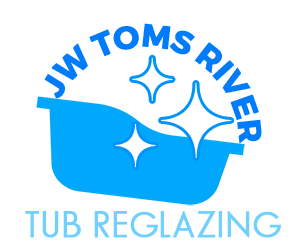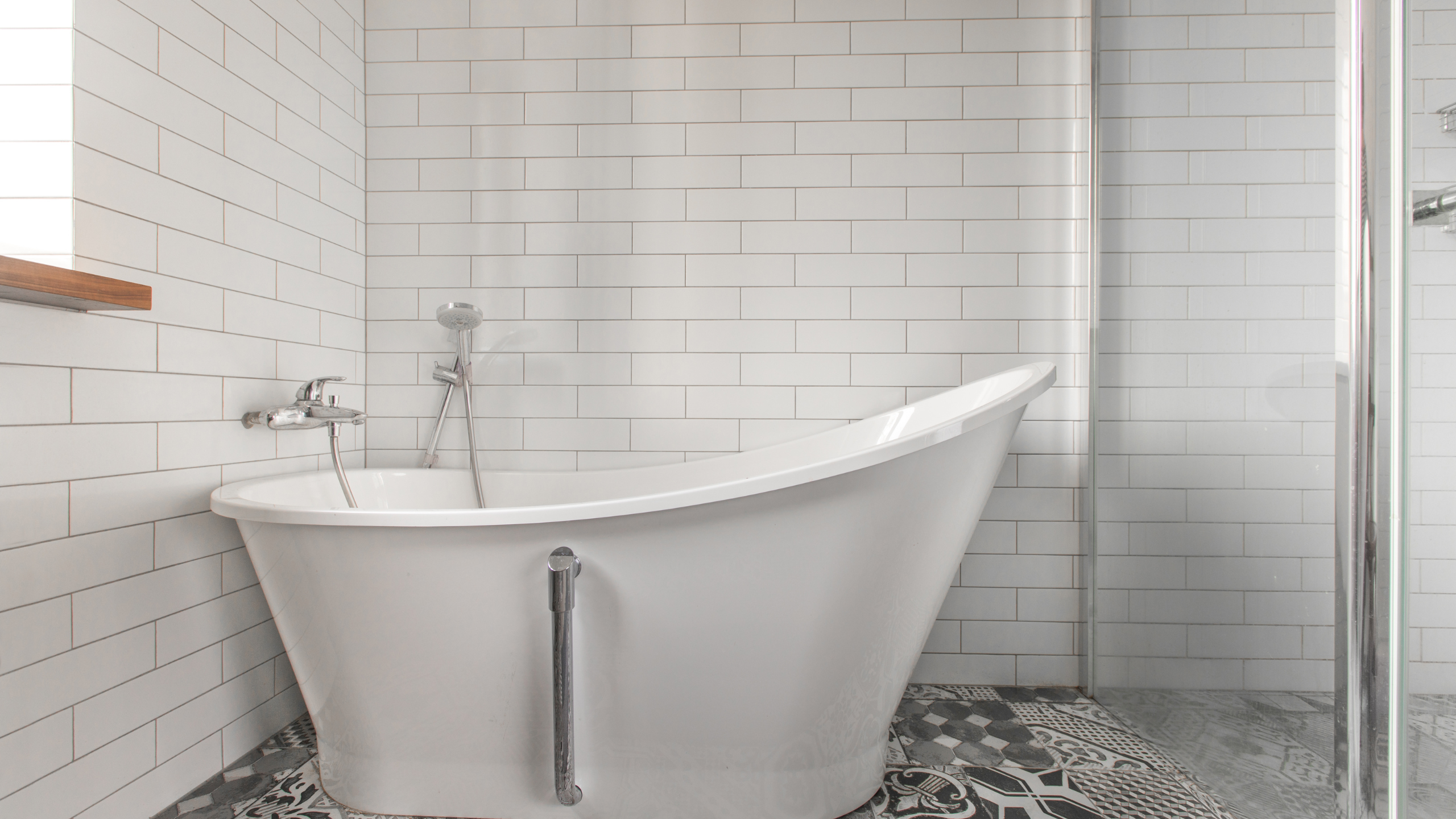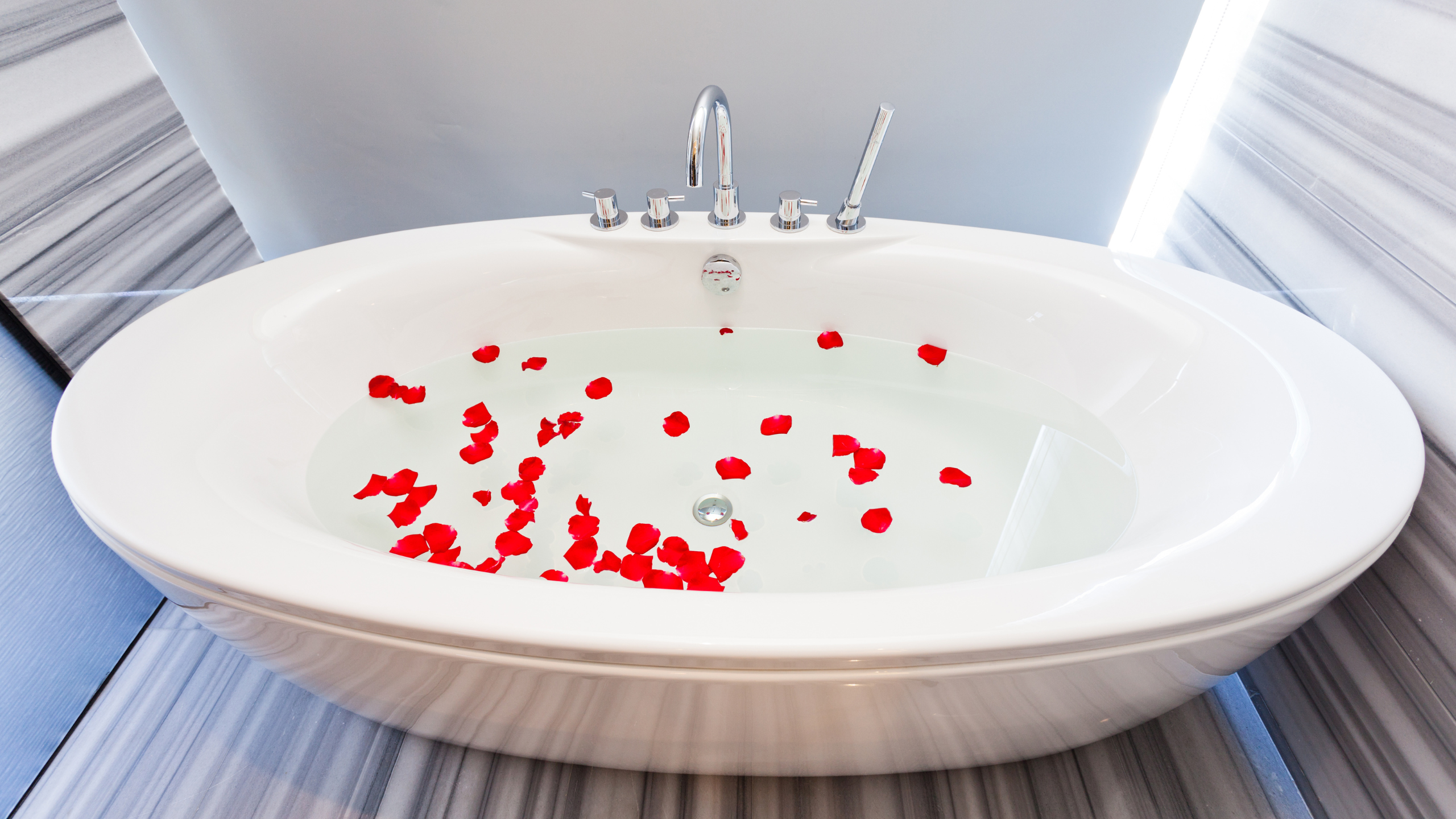When peeling, bathtub reglazing is necessary:
Reglazing May Be Necessary When a Bathtub Peels: You might need to reglaze your bathtub if the paint is visibly peeling. When the chemical bond is damaged as a result of subpar reglazing of the tub, peeling patterns commonly develop. Peeling marks are really just painted gently flaking off the tub; they will only get worse. If you have children, it’s extremely important to strip and resurface your bathtub right away to avoid accidents from flaking resurfacing materials or, in some cases, children eating paint particles.
If You Find Chips:
If you find chips on the porcelain surface of your bathtub, bathtub glazing may be required. Because ceramic is so sharp, chunks of it will easily chip off. Any tub chipping difficulties you have can be resolved by reglazing your bathtub. It is crucial to get your tub professionally reglazed to avoid any rust stains or surface damage.
Tub reglazing is necessary if the tub has lost its shine:
Reglazing your bathtub can be the ideal solution if it lacks luster. Your tub’s surface will acquire a new gloss after reglazing.
Bathtub reglazing is necessary when you can’t get the tub clean:
If done properly, reglazing your bathtub is the best option if you are having cleaning issues. Imagine taking a pottery lesson where you would glaze and fire your product. You can clean or drink from your project because it will have a gleaming, sealed surface. Bathtub reglazing is necessary when abrasive cleansers are applied to the surface over time. Because of this, porous porcelain that has had its glaze removed is vulnerable to contamination by dirt and soap scum. The finish that was applied on the exterior of your bathtub most likely still exists. Nobody scrubs their bathtubs outside using abrasive cleaners.
Bathtub Reglazing Is Necessary When the Tub Changes Colors:
Assuming your old pink, blue, green, or red tub needs to go, bathtub reglazing is your best alternative, provided it is done correctly.
Bathtub refinishing is the process of bringing the surface of an old, damaged bathtub back to its original, like-new state. Resurfacing, reglazing, or re-enameling a bathtub are some other names for it. Typically, this process includes repairing any damaged areas. Chips or cracks are patched using Bondo or another polyester putty. Following the completion of repairs, the surface is prepared with an acid etching. Engraving provides mechanical adherence. Fiberglass, porcelain, and enameled tubs are non-porous and do not provide a good surface for the new coating to attach to. You can assist strong adhesion by etching the surface to make it porous. Before applying the coating, another alternative is to prepare the surface with a bonding agent that encourages adherence, such as silane. You can combine the two methods or use them independently. The greatest adhesion is achieved by combining the two methods. Some current refinishing methods do away with etching by relying solely on silane. Prior to applying a primer and top coat, the surface must first be prepped. The bathtub’s original glass-enamel coating was robust and abrasion resistant; the typical coating is a catalyzed two-component cross-link synthetic white coating.
A new bathtub finish can be made using polymers, urethanes, epoxies, and hybrid coatings made of polyester and polyurethane. These coatings can be brushed on, rolled on, or sprayed on.
It is possible to fix a bathtub using do-it-yourself kits from hardware stores, but some people might choose to work with a professional service provider who provides refinishing services. DIY kits frequently rely largely on epoxy adhesive, which doesn’t offer the same level of bonding and accelerates their degradation. If expert spray equipment wasn’t employed, the final aesthetic result may contain brush or roller markings.




